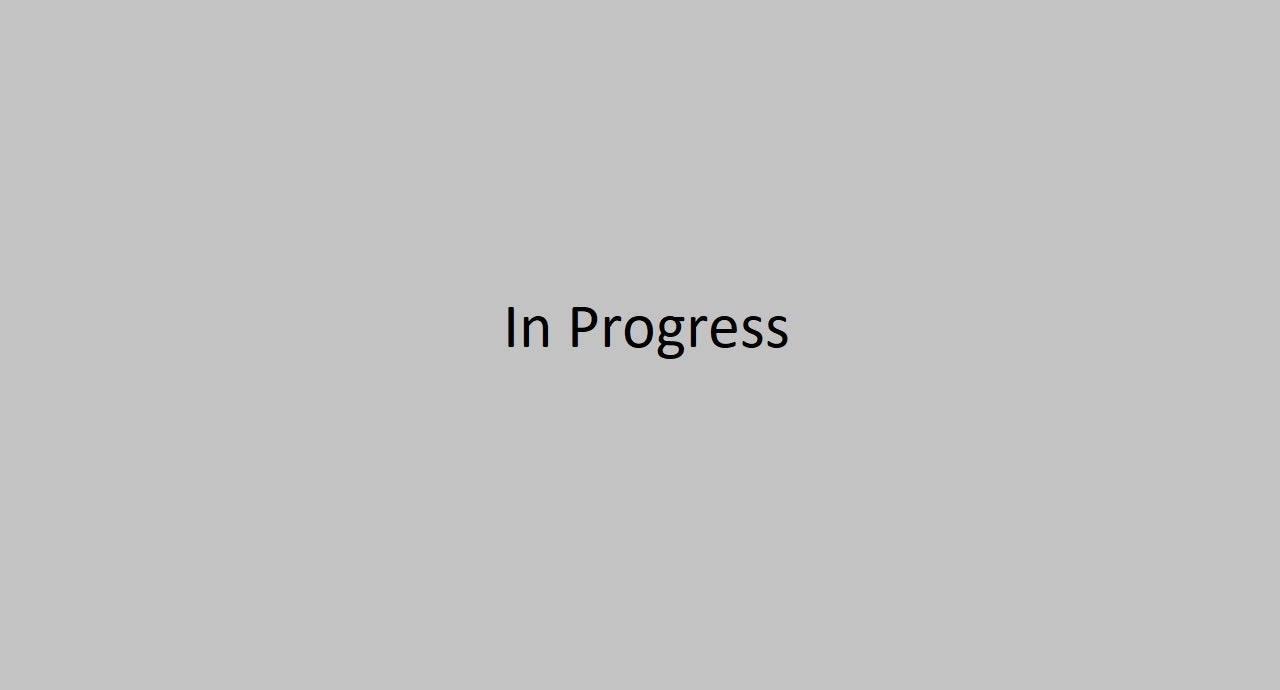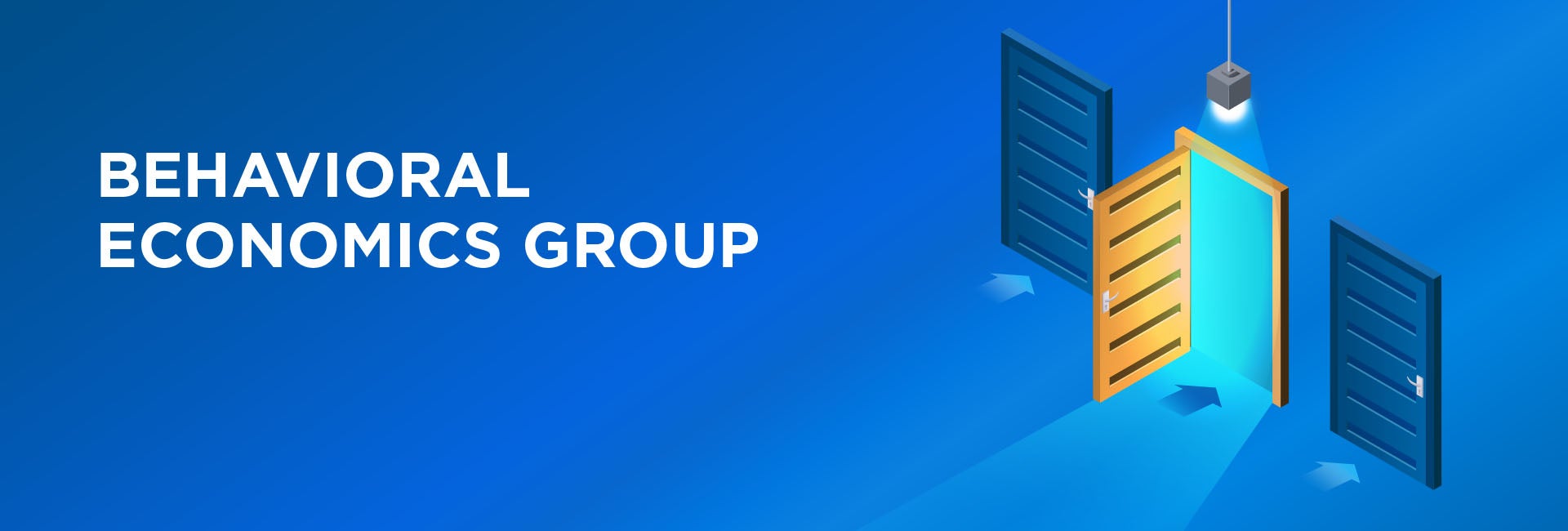Impact of financial aid and returns information in Chilean schools

Context
In the standard framework of human capital investments, decision-makers have complete information on the costs and expected benefits of each schooling level, allowing them to make optimal schooling choices. However, new results are challenging this assumption since it has been shown that providing information to students or parents about the costs or benefits of education have effects on school attendance, grades, application choices and enrollment outcomes.
High education usually works under a two-tier structure comprised of a selective and a less selective system. The first one includes a limited number of schools of high homogeneous quality, where access is merit-based and typically determined by performance on national tests. In contrast, the second one often considers a larger number of for-profit schools of heterogeneous quality, where the eligibility requirements are lower.
The Project
In December 2013, a randomized field experiment was conducted with 12th Grade students in Chile to explore the effects of giving them tailored information in terms of financial aid and economic returns under a context where both selective and less selective systems of higher education coexist. The information was adapted to the career and school students’ preferences collected at baseline. The impacts of the treatments on the extensive margin of enrollment were measured in each of the selective and less selective sectors and on the intensive margin of school choice, conditional on enrollment.
The study intended to test the impact of tailoring information that could be easily scaled at low cost. In this way, the cost of the intervention was associated to three components: collecting student contact details and career preferences at baseline, delivering the tailored information in returns, and delivering the tailored financial aid information.
Behavioral Analysis
- Lack of information: students do not have accurate information about the costs and benefits of higher education nor about the available financial aid opportunities, particularly those coming from not centrally administered entities.
- Misperceptions: students frequently have an incorrect belief about their future earnings and employment probabilities for their preferred careers and school. This situation can lead to suboptimal choices in their educational paths.
- Overestimation: students frequently overestimate their prospects, including expected wages and employment probabilities after graduation. This optimism can lead them to make decisions based on unrealistic expectations.
Behavioral Tools
- Information: reducing the learning cost by providing information via email on various financial aid opportunities, including specific scholarships or loans offered by private schools, firms, and universities. Some of them will also receive information regarding average monthly earnings and employability rates for specific programs.
- Personalization: emails were tailored to the students’ career and school preferences, as well as their background characteristics, socio-economic status, and PSU (college entry exam) scores
- Strategic timing: emails were sent close to the time of decision-making in their transition to higher education to ensure that information was relevant for them.
Design
In 2013, more than 300 school career fairs in the Santiago region were visited, they were organized by the NGO Por Una Carrera (PUC). Emails from 12th Grade students were collected and days later, they were invited to participate in the intervention through an online survey. Students provided basic demographic information, career preferences, GPA, expectations about access to finance for higher education, future earnings and future employment probabilities. The final sample was composed of 1,668. A control and a treatment group were created; both received an email but each one with different characteristics:
- Control group: the email invited them to learn about possible careers on the website of “Elige Carrera”, a public official website containing general information, financing options related to government-sponsored loans, scholarships and eligibility criteria.
- Financial aid treatment: the email included the “Elige Carrera” website with additional personalized information about alternative specific financial aid opportunities linked to their baseline preferences or background characteristics. It is typically more costly to learn about not centrally administered opportunities compared to the ones offered by the government.
- Returns treatment: half of the students under the financial aid treatment received additional information related to the expected economic returns of their specific preferred career-school combination.
Challenges
- Low treatment uptake: only 10% to 14% of students treated with financial aid information responded and only 53% of students opened the returns treatment emails. These low rates limited the potential impact the treatment could have on student choices and outcomes.
- Statistical power: as a direct consequence of the low uptake and a relatively small sample size, the study was underpowered to detect small impacts for many outcomes. Only "fairly large" minimum detectable effects (MDEs) could be rejected, meaning that small but potentially meaningful effects might have gone undetected.
- Timing of interventions: the financial aid treatment was delivered after the central government funding applications had closed but before the deadlines for schools and other financial aid sources. In addition, the returns treatment was administered after the deadline for applications to selective schools had passed, meaning that it wasn’t possible to assess the students' intensive margin choices within this type of school.
- Data limitations: it was only possible to measure eventual enrollment in less selective schools since the data related to applications or acceptances wasn’t accessible, due to its decentralized nature.
Results
The study found that information interventions at the end of high school are unlikely to have large effects on access to selective schools in Chile. This result makes sense because the process for applying to these universities is well-known, centralized, and already oversubscribed by highly prepared students who meet the high college entry exam cut-off scores. More specifically, in selective schools, no significant impacts of the financial aid information treatment on applications, acceptance, or enrollment were found, while in less selective schools any information treatments showed a significant impact on enrollment.
Students treated with returns information were more likely to choose suggested schools of higher quality than their baseline preference, indicating that the information about alternative schools resonated with them and they shifted their enrollment choices from private universities to professional institutes. Also, the financial aid only treatment moved students towards professional institutes, possibly by providing more information about funding opportunities in these schools.
The exposure to both financial aid and economic returns information caused students to choose schools and careers offering lower expected average wages and lower average employability but also suggesting a move towards shorter and cheaper programs. In addition, these students changed the characteristics of the less selective school’s enrollment, where the intensive margin effects on school choice within the less selective sector were primarily driven by students with lower entry exam scores, considered to have had the lowest quality information about earnings at baseline. For these students, any financial aid treatment raised the chances of enrolling in a suggested school by 12 percentage points.
Policy implications
Providing information at the end of high school is unlikely to benefit lower-scoring students from disadvantaged backgrounds in terms of gaining access to selective institutions. However, governments can play a crucial role in influencing student allocation within the less selective higher education sector by providing inexpensive and targeted information on the costs and benefits of post-secondary schooling.
The study demonstrates that such interventions can nudge students towards schools that align better with their quality and cost preferences, even if it means choosing programs with lower expected wages or employment probabilities. This suggests that information can help students make more informed choices about where to invest in tertiary education.
Delivering tailored information via email is a feasible and inexpensive method for reaching students, making it a scalable intervention. The cost of personalizing returns information is low, especially if public databases on wages and employment outcomes are available. This intervention can be a practical tool for governments to influence educational choices, even if their impact on extensive margins of enrollment is limited.
As the study provides suggestive evidence that the returns treatment had the most impact on the school choices of the lowest-scoring (and most likely misinformed) students, policymakers should consider targeting information interventions to students with lower college entry exam scores as they appear to be more responsive to such nudges, particularly in navigating the less selective sector where PSU scores may not be a requirement.
